Dive into a Sea of Color: Fashioning Aloha at the Honolulu Museum of Art
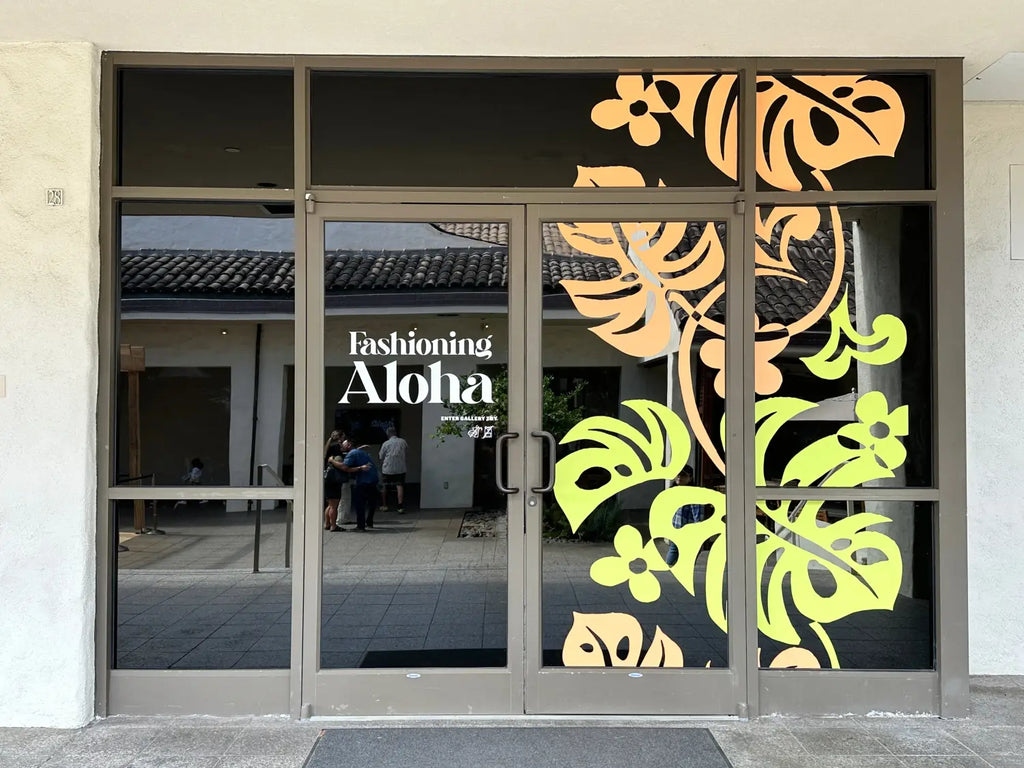
Aloha Fashion Friends! If you're on the lookout for an enchanting and vibrant adventure, look no further than the "Fashioning Aloha" exhibit at the Honolulu Museum of Art. This dazzling showcase is like stepping into a rainbow of history, culture, and fabulous fashion—all wrapped up in the iconic aloha wear that screams Hawaii!
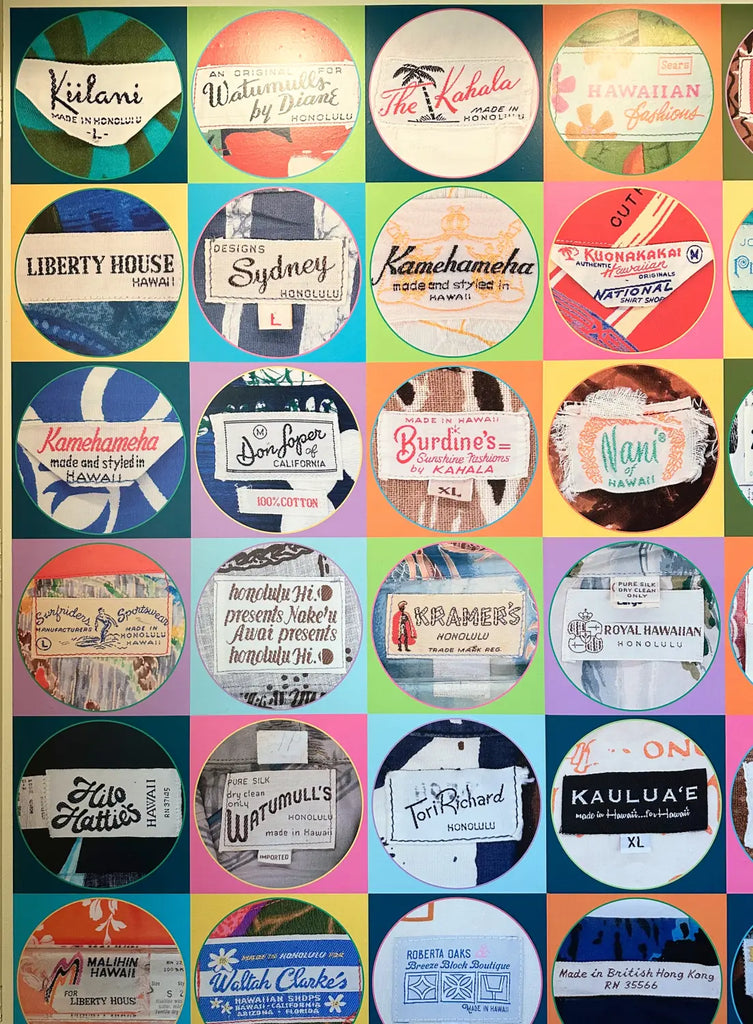
A Kaleidoscope of Creativity
From April 12 to September 1, 2024, the HoMA transforms into a tropical wonderland where aloha shirts, muʻumuʻus, holokū gowns, and holomū dresses take center stage. Imagine strolling through galleries filled with the most delightful floral prints, bold colors, and intricate patterns that tell the story of Hawaii’s sartorial evolution. It’s like a wearable postcard from paradise!
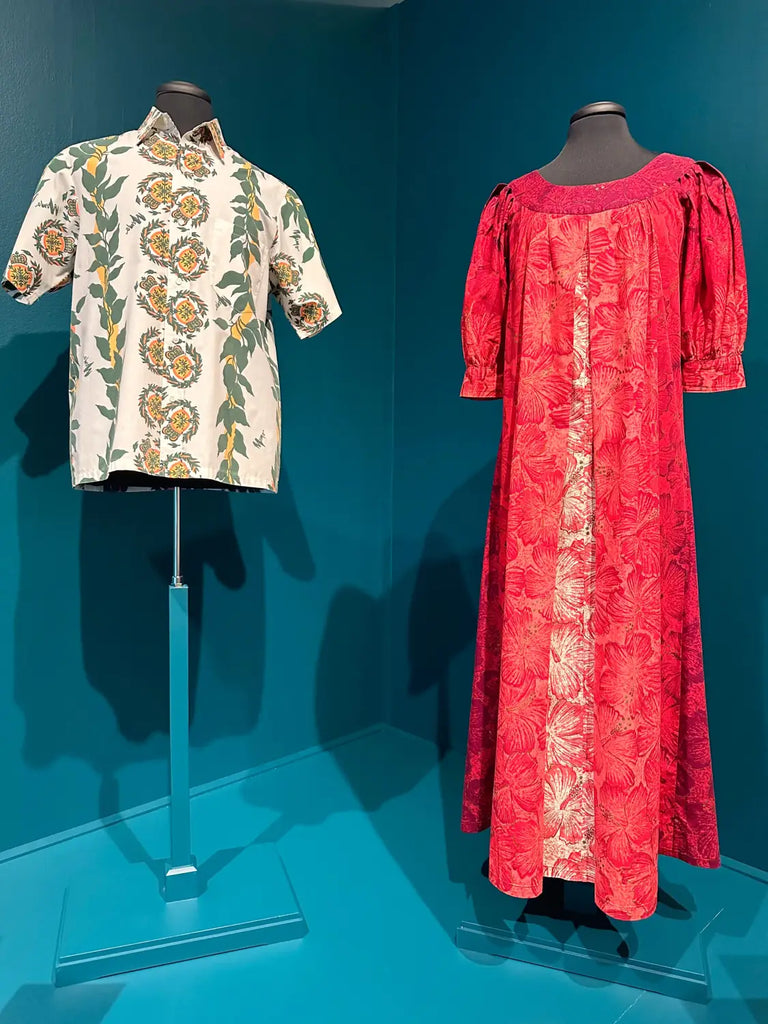
The Magic Behind the Threads
Curated by the talented Tory Laitila, this exhibit isn’t just about pretty clothes—it’s a deep dive into the inspirations behind aloha wear. You'll see garments inspired by native flowers, exotic Asian motifs, Tahitian pareu, and even Hawaiian music and hula. Each piece is a vibrant splash of history, capturing the essence of Hawaii’s diverse cultural tapestry.

Meet the Stars of Aloha Wear
Get ready to meet the legends and rising stars of aloha fashion. The exhibit features fabulous pieces from the collection of Linda Arthur Bradley, a former professor who knows her aloha wear like nobody else. Alongside these treasures, you'll find garments from local designers both past and present.
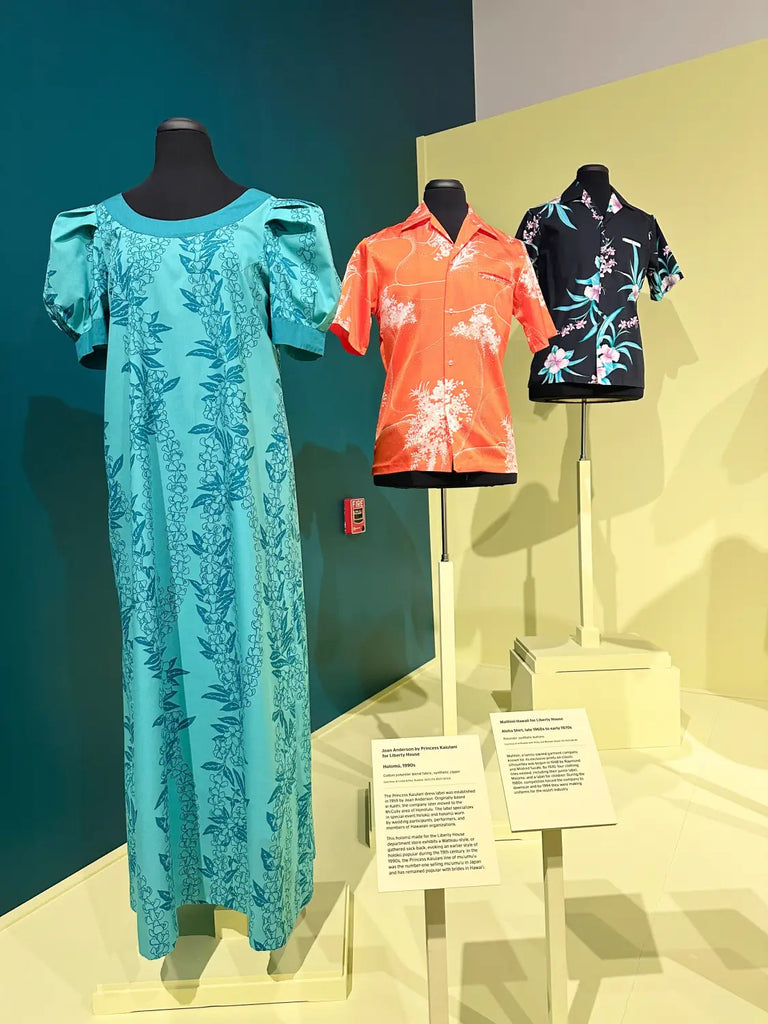
A Nostalgic Journey
For those of us who love a good story, the exhibit offers a heartwarming trip down memory lane. You’ll see photos of families and friends dressed in their aloha best, from the early days of the 1930s right up to today. It’s a celebration of how these vibrant garments have woven their way into the fabric of Hawaiian life, carrying the spirit of aloha across generations and around the globe.
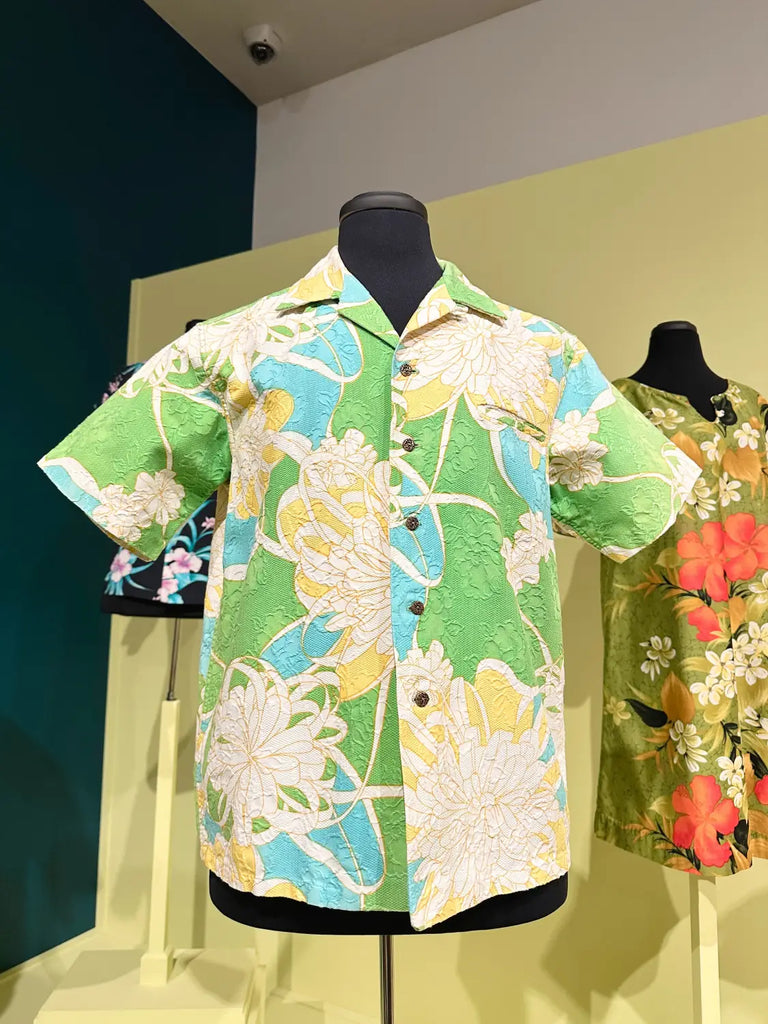
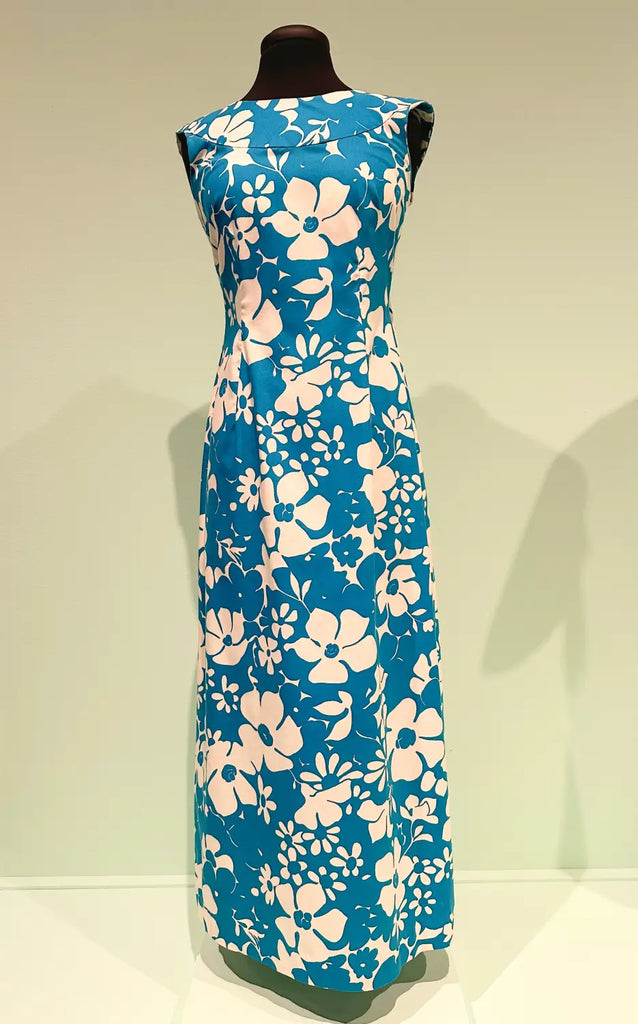
The Timeline of Aloha Wear
The story of aloha wear begins in the 1820s, when American Protestant missionaries introduced the holokū and muʻumuʻu to Hawaii. The holokū, a floor-length gown with sleeves, was first made for Queen Kalākua Kaheiheimālie and symbolized a blend of Western fashion and Hawaiian regal style. Originally an undergarment, the muʻumuʻu evolved into a comfortable and elegant dress. By the 1930s, the term "aloha shirt" emerged during the Art Deco era, marking a time when floral fabrics specifically designed for Hawaiian clothing became popular. This period set the stage for the vibrant, floral-printed garments that continue to define aloha wear today.
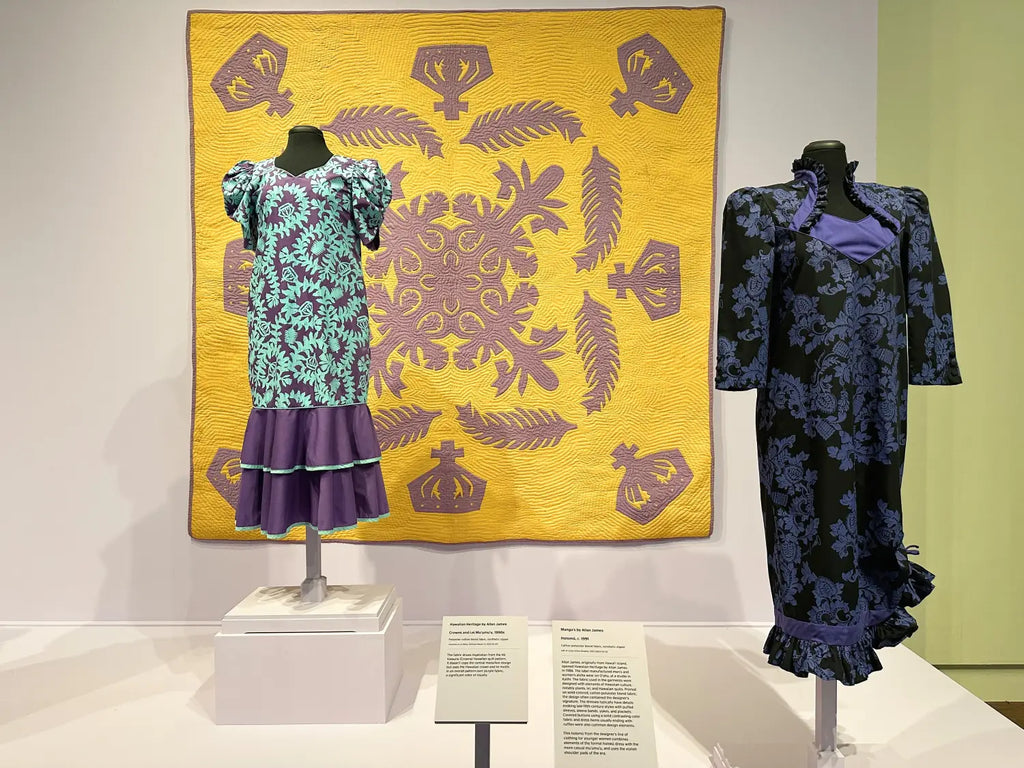
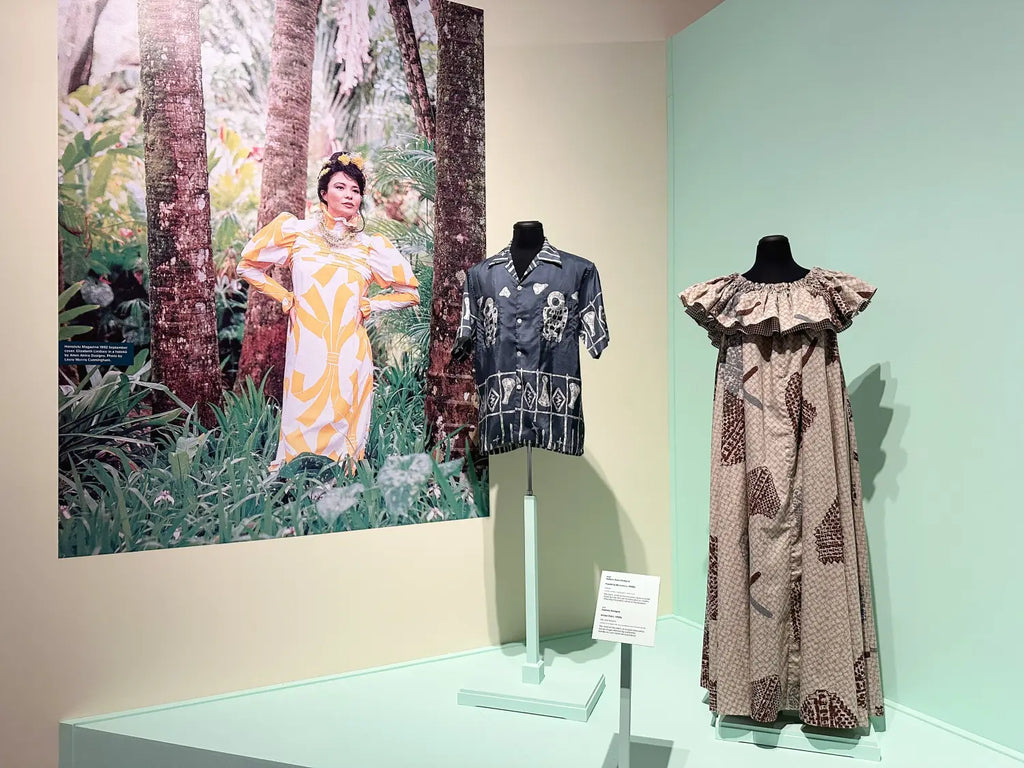

The Influence of the Asian Community
A key player in the aloha wear story is the vibrant Asian community in Hawaii. It was Ellery Chun, a Chinese merchant, who created the first commercially marketed aloha shirt in the early 1930s. These shirts quickly became a hit, blending Western-style shirts with the bold, colorful patterns of traditional Asian textiles. Japanese and Chinese fabrics, with their intricate designs and high-quality materials, significantly influenced the development of aloha fabric designs. This fusion of cultural elements helped shape aloha wear into the iconic fashion statement it is today.
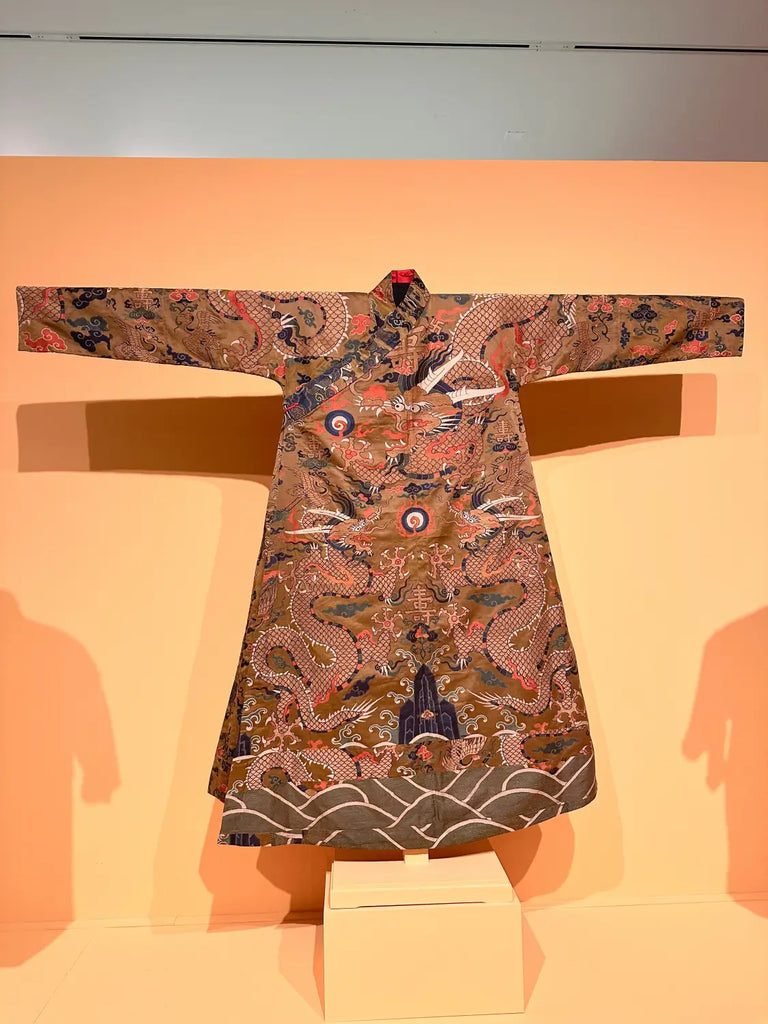
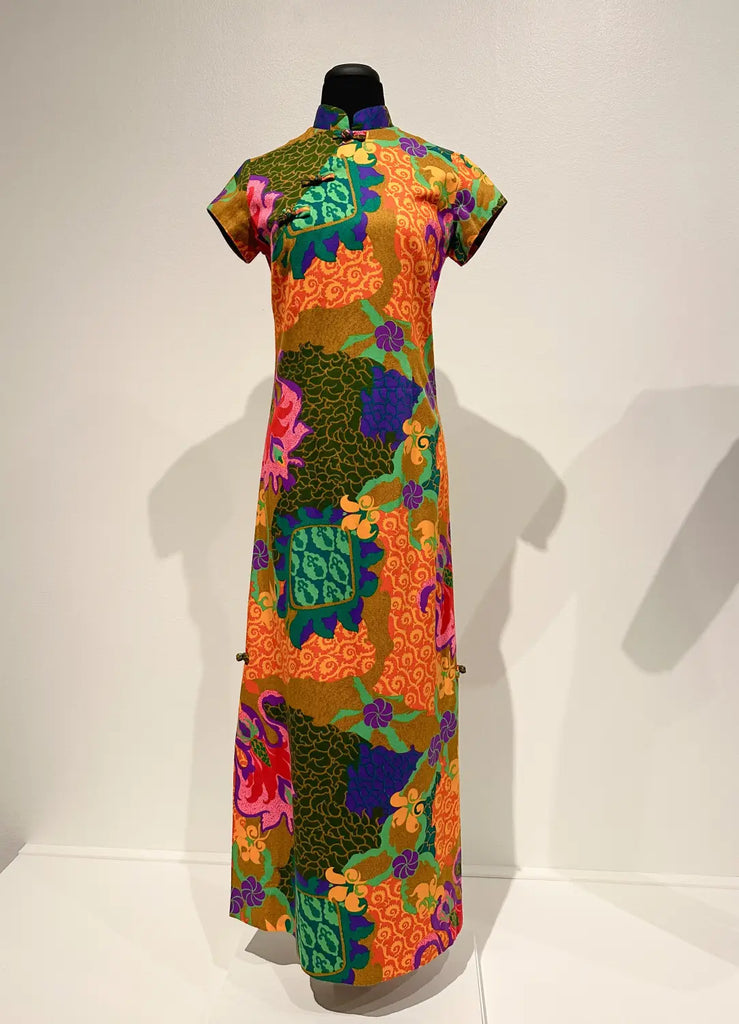
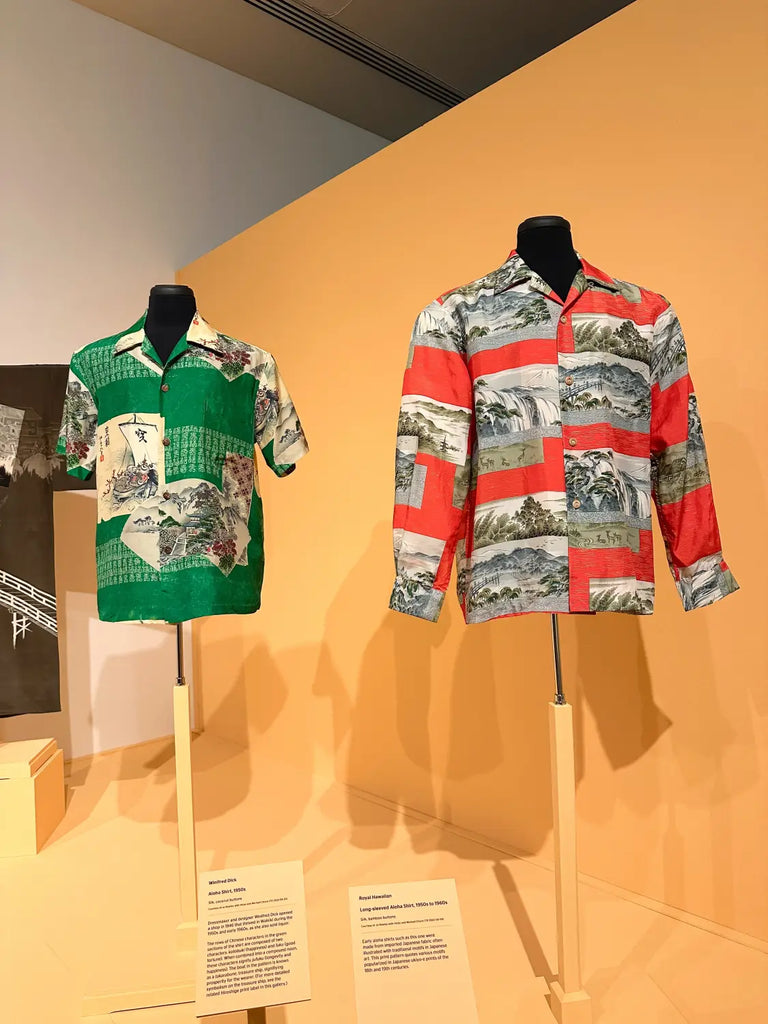
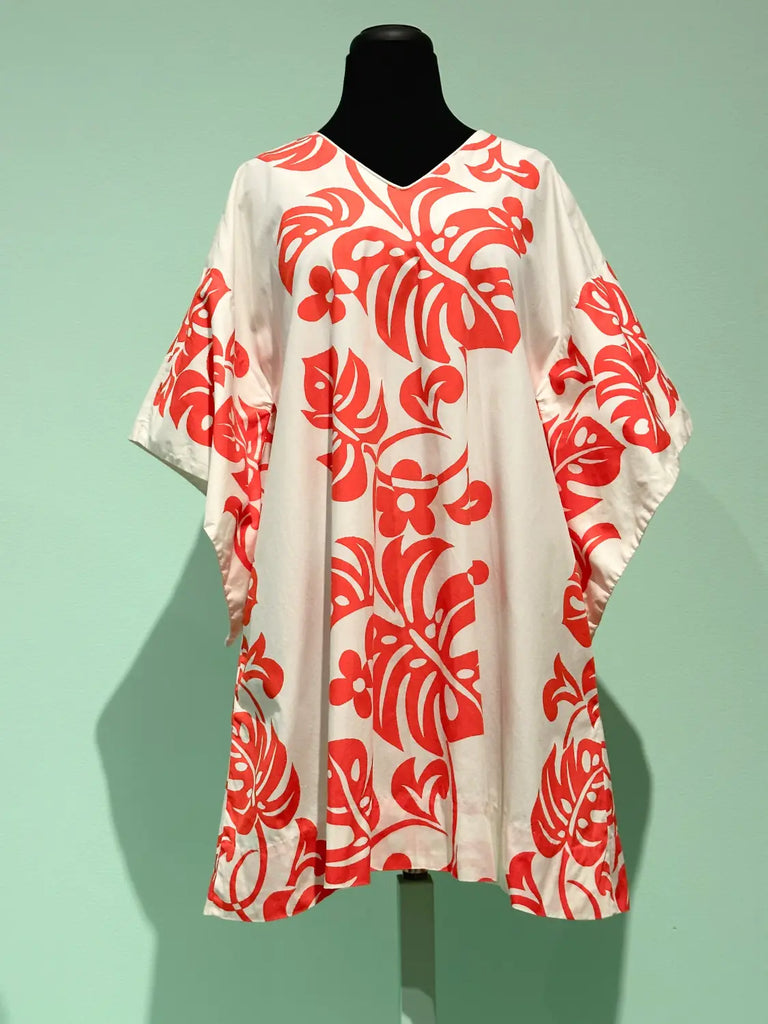

Fun for Everyone
Whether you’re a fashionista, a history buff, or just someone who loves all things Hawaii, "Fashioning Aloha" is a feast for the eyes and the soul. It’s a joyful, colorful celebration that will leave you feeling inspired and maybe even a little more connected to the island spirit.
So, grab your best aloha shirt (or dress) and head over to the Honolulu Museum of Art. Trust me, you don’t want to miss this kaleidoscopic journey through the heart and history of aloha wear!
For more info and to plan your visit, check out the Honolulu Museum of Art’s (https://www.honolulumuseum.org) and get ready to dive into a sea of color and culture. Aloha! 🌺🌈
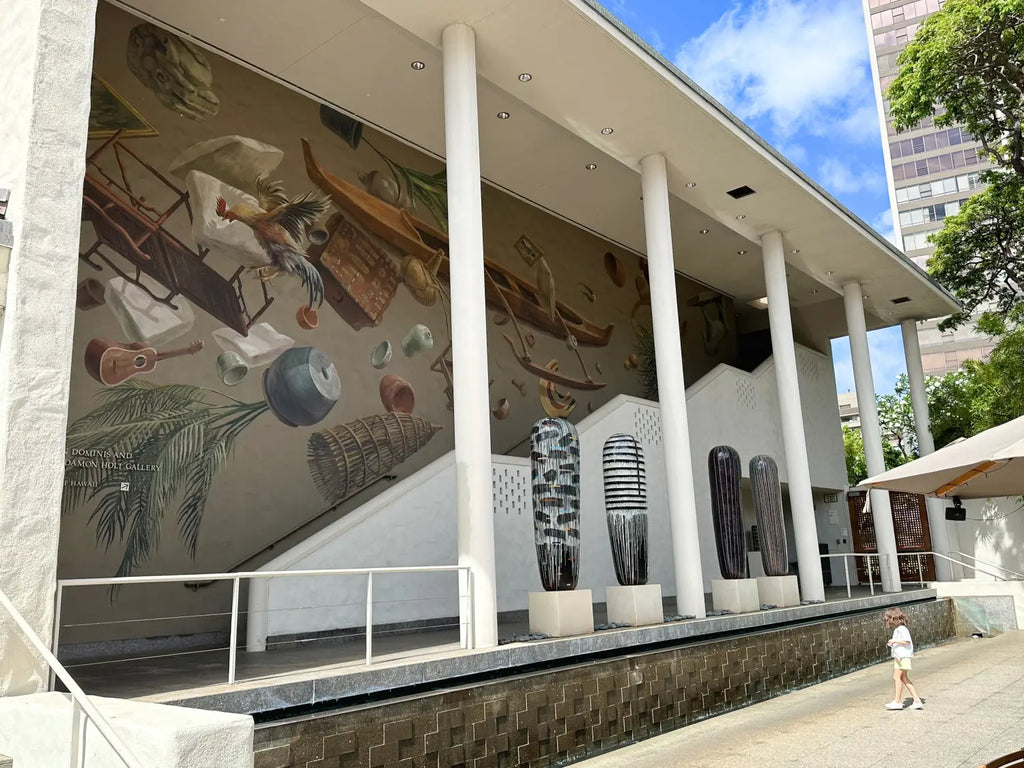
-----
Tips:
• Include a visit of Shangri-La with HoMa for an artistic day.
• Parking is located at the Art School of Honolulu Museum of Art:
HoMA is located across the street from the parking:






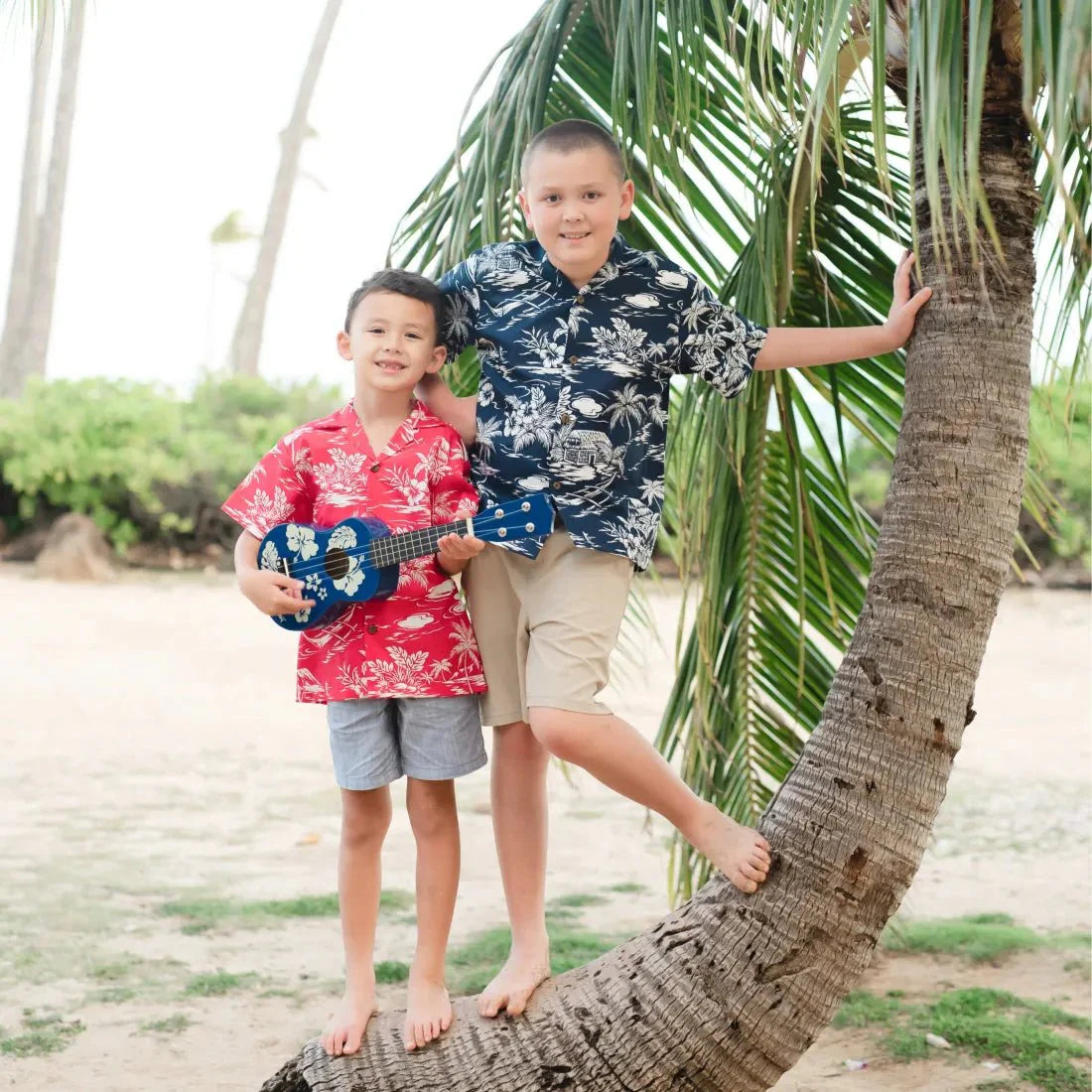

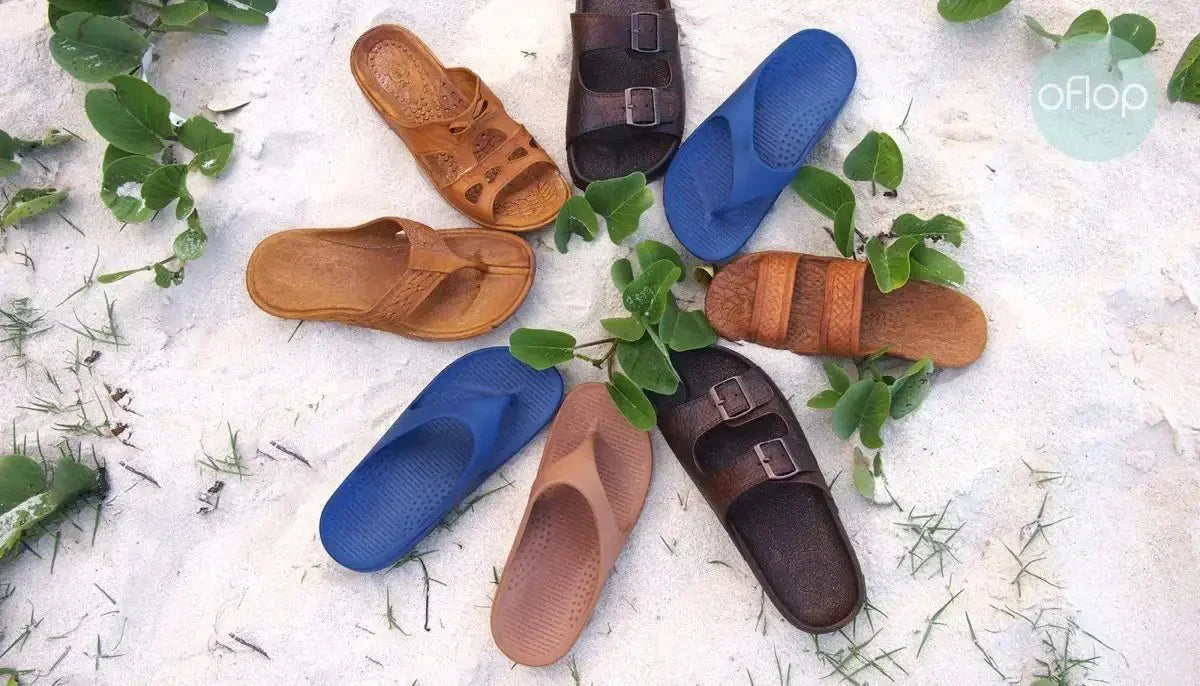


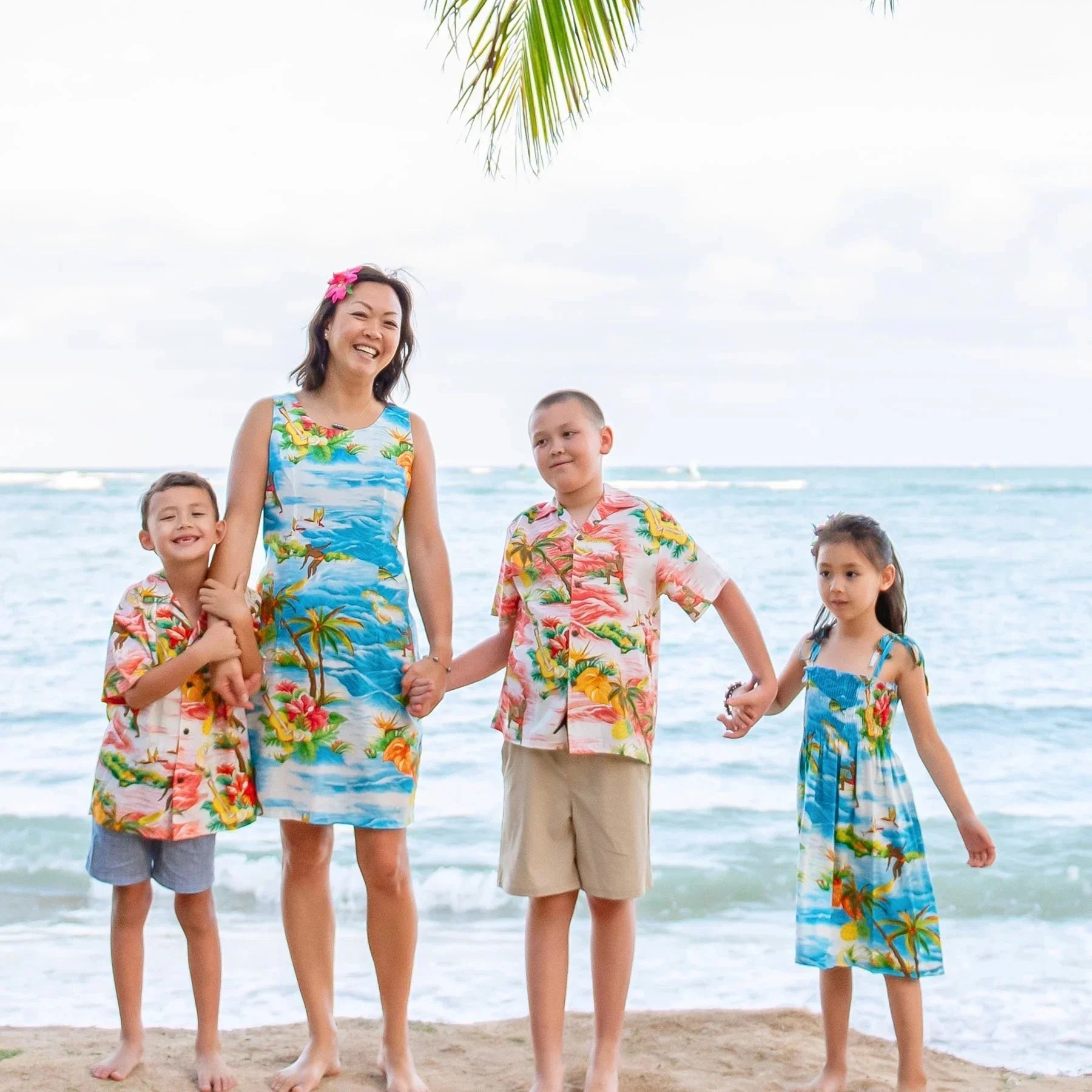
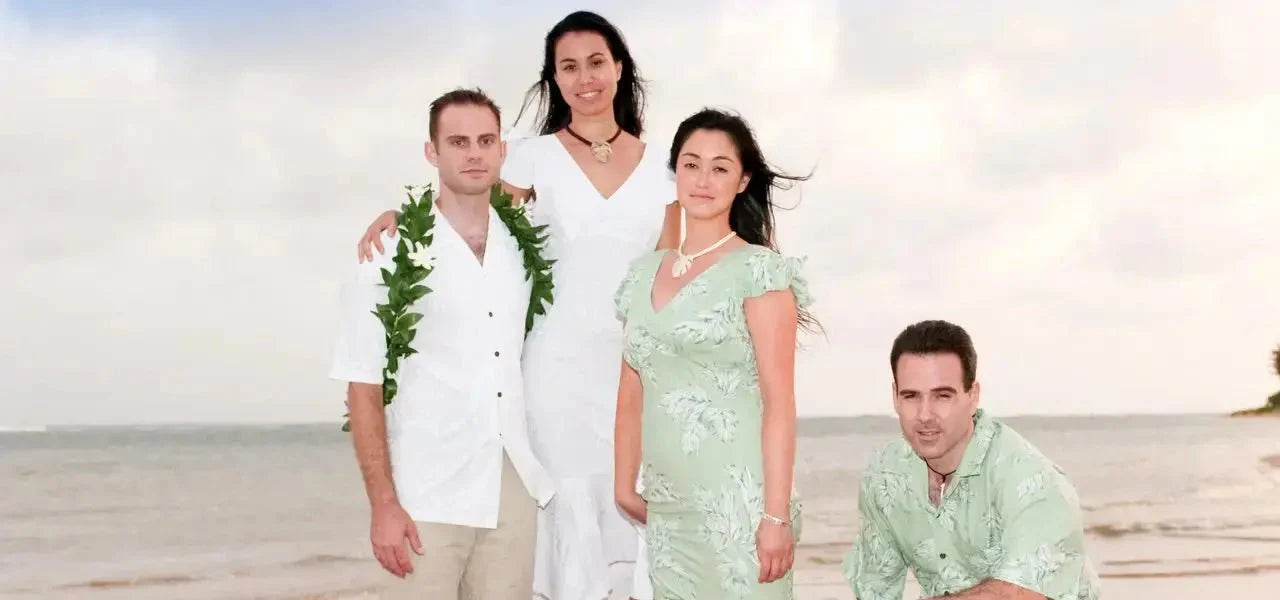
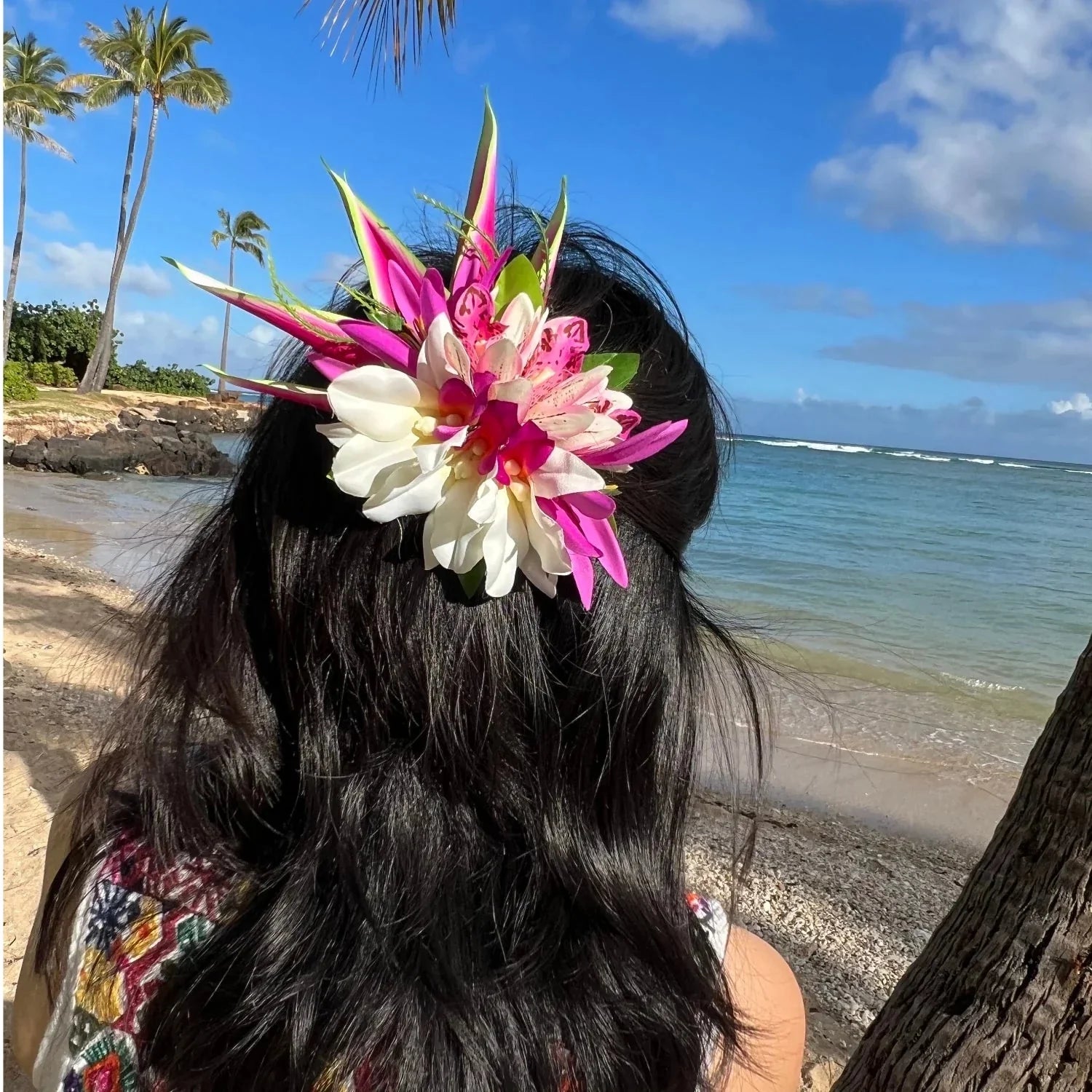
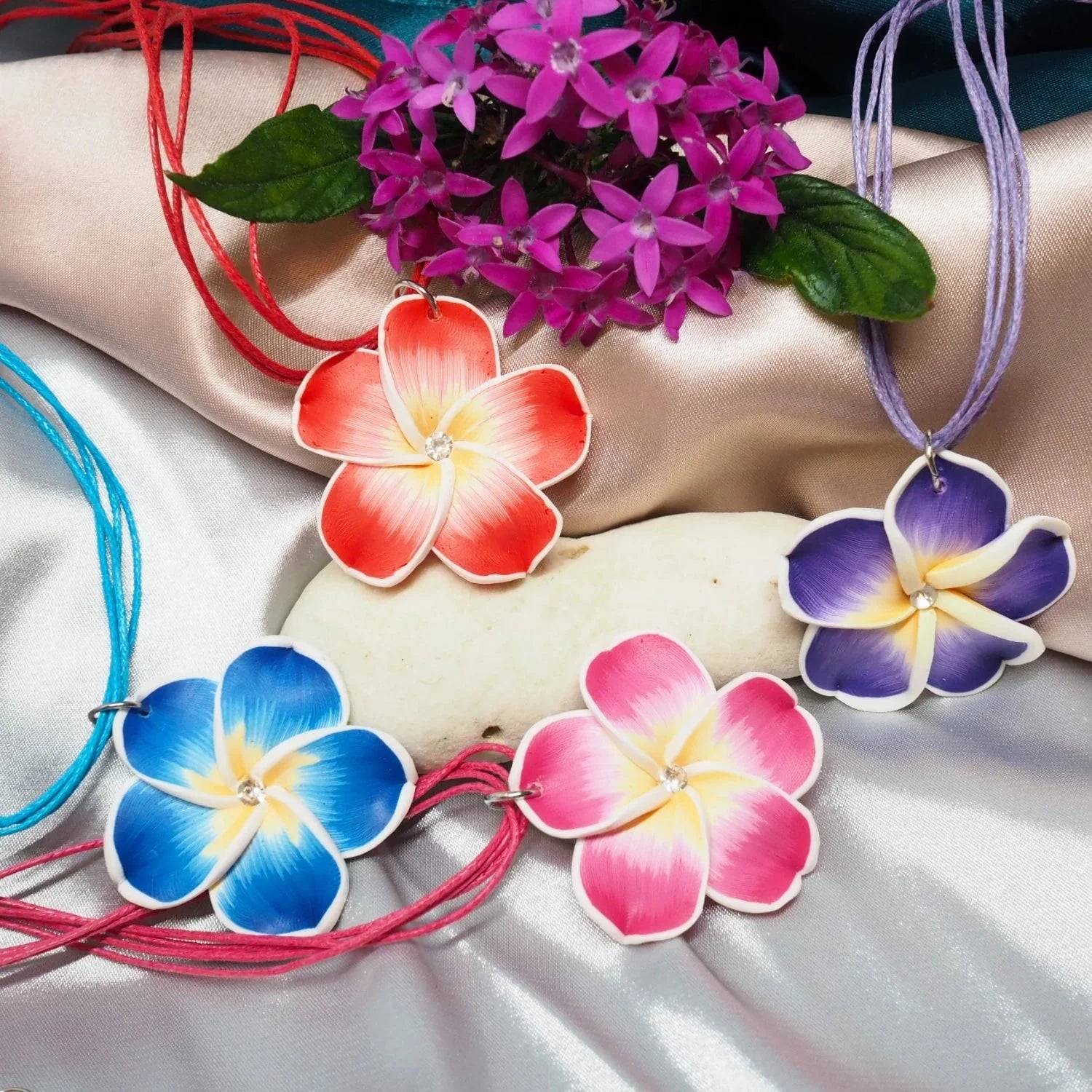
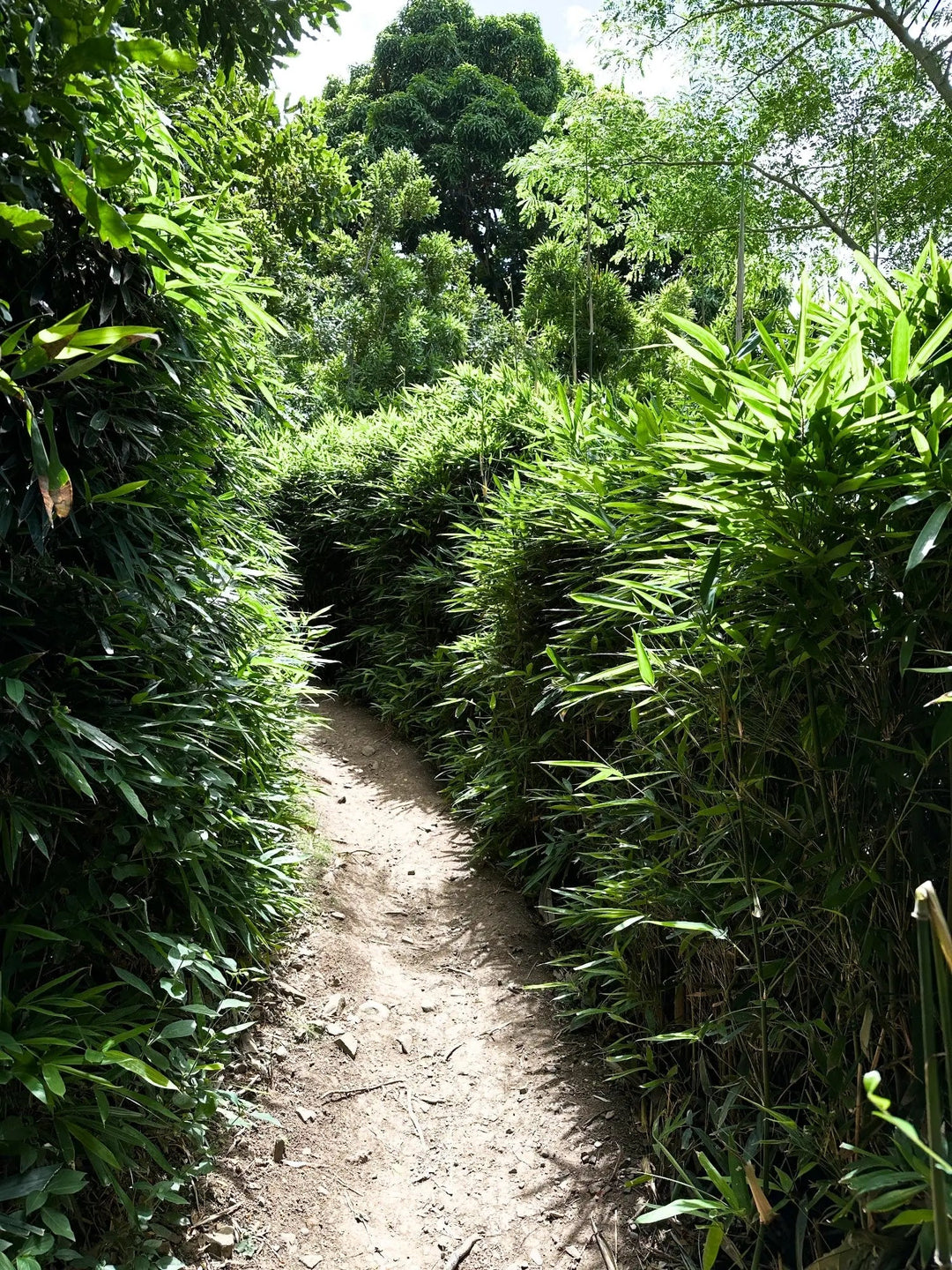


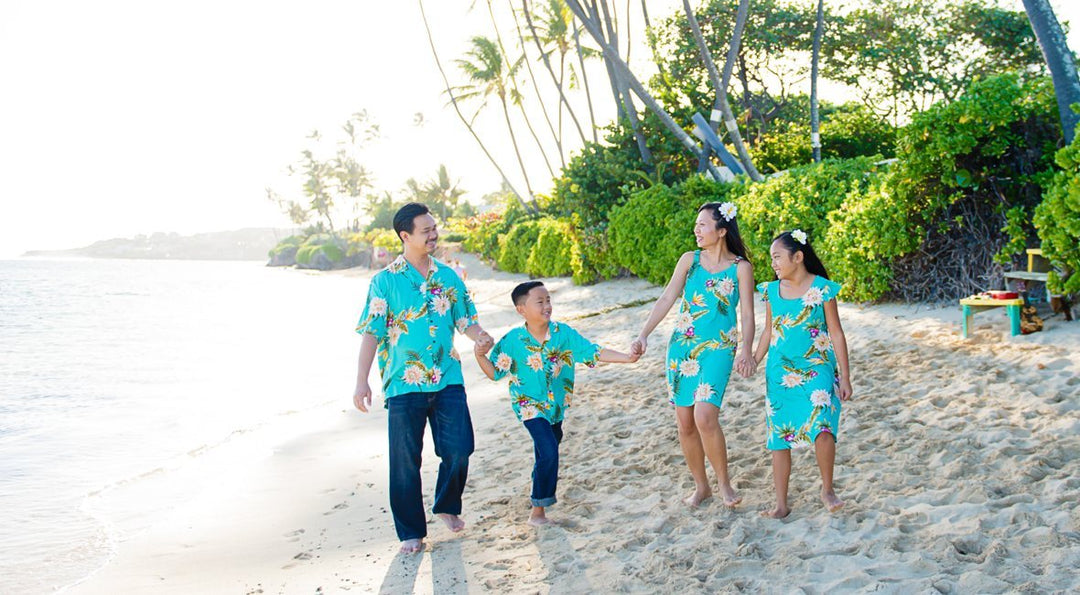


Leave a comment